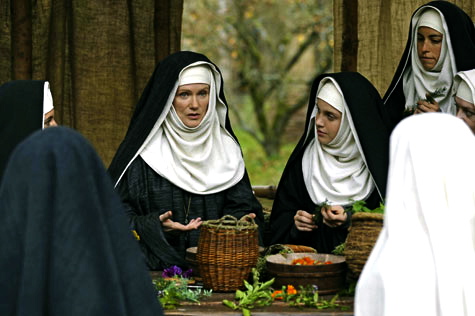
I sat outside in the cool of the morning, amid the twittering of birds in the hedges, the susurrus of palms, the hum of a distant law mower. Above all soared the clear and luminous voices of women singing a responsorium to the Holy Spirit: ‘O vis aeternitatis que omnia ordinasti in corde tuo, per Verbum tuum omnia creata sunt sicut voluisti, et ipsum Verbum tuum induit carnem in formatione illa que educta es de Adam.’—‘O power of eternity, who have ordered all things in your heart: by your word all things are created as you have willed, and your word itself, puts on flesh in the form that is drawn from Adam.’
Since finishing Gombrich’s excellent Story of Art, I had begun a long-planned and anticipated survey of the great composers and their music. I was thus introduced to Hildegard von Bingen, a German Benedictine nun who is the earliest documented composer of the Western tradition. Listening to the Sequentia recording Canticles of Ecstasy, I was surprised, pleasantly, by Hildegard’s virtuosic composition. I had expected more ‘plain’ in the ‘plainsong’ and more groaning too. But instead there was such gladness and clarity in her poetic Latin and in her frequent use of decorative neumes and melisame (though I confess to laughing at one particularly long stretch in ‘O tu suavissima virga’).
I had already begun studying the Latin language with one of my brothers, that summer—navigating with him the complexities of conjugation and declension. Reading Hildegard’s Latin text (with the help of a parallel translation) greatly enhanced my appreciation for her spiritual vision and poetic expression; it also augmented my Latin vocabulary, and strengthened by love for the Latin and English languages generally. I now consider it an essential experience, and plan to do it again and with other vocal pieces (Haydn’s Creation, perhaps, when I get there!).
I particularly loved Hildegard’s description of the Holy Spirit from a sequence to the Holy Spirit, O ignis Spiritus Paracliti: ‘O iter fortissimum, quod penetravit omnia in altissimis et en terrenis et in omnibus abyssis, tu omnes componis et colligis.’ ‘O boldest path, penetrating into all places, on high and on earth, and in every abyss, you fit and gather all together.’
Canticles of Ecstasy has one instrumental piece—a delicate, shimmering thing that beautifully complemented the soft rain that was falling when I first heard it. It was followed by a song of prayer, and the same magnificent moment in which clear voices of women filled my ear, a shaft of golden light pierced the wavering veil. Hildegard would have liked that, I think. Music was for her the supreme expression of the harmonies found in the interrelation of body and spirit, earth and heaven, man and God.
Hildegard von Bingen: Sibyl of the Rhine
“A human being is a vessel that God has built for himself and filled with his inspiration so that his works are perfected in it.” —Hildegard von Bingen, in a letter to Elisabeth of Schönau, c. 1152
As the tenth child of her parents, young Hildegard was considered a tithe to the church of God and was committed to the care of nuns at a very young age. Although she was a sickly child, after receiving the wise and loving tutelage of an anchoress named Jutta, Hildegarde rose to become abbess in an abbey of her own founding.
Hildegard was truly a Renaissance woman, a polymath whose accomplishments included not only some of the most beautiful early music, but also advancements in science and medicine. Andrea Hopkins, in her book Six Medieval Women, described Hildegarde’s “inclination to create work with a large scope and holistic viewpoint.”
Hildegard came to recognized internationally in her own time, for her extraordinary output of music, medical literature and particularly for her extensive records of visions she claimed to have received from God.
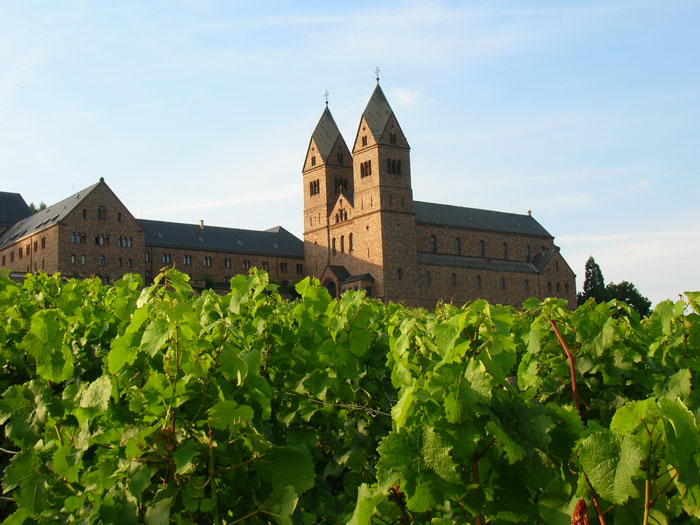
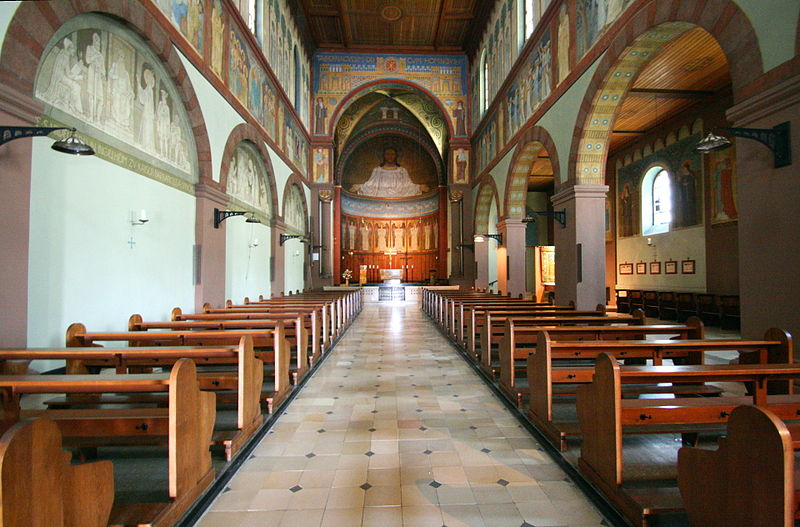
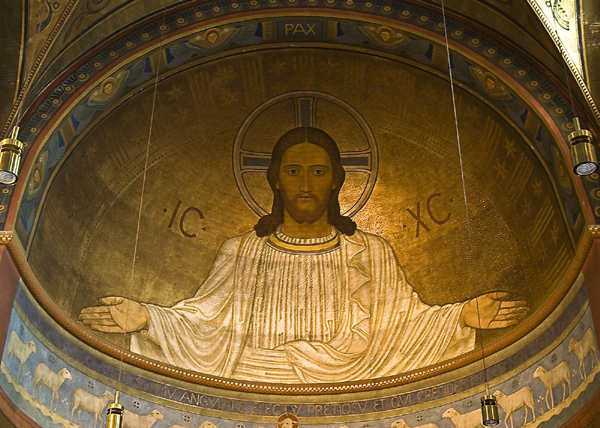
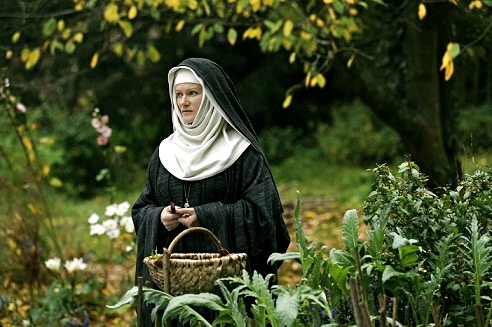
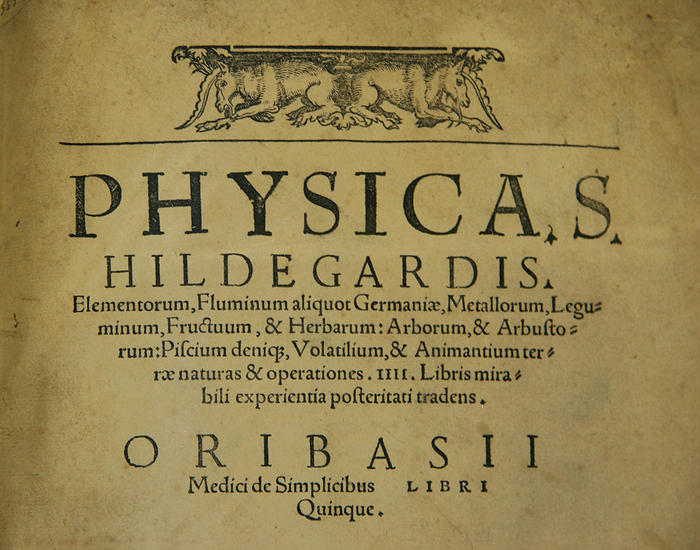
Musical Style
“Underneath all the texts, all the sacred psalms and canticles, these watery varieties of sounds and silences, terrifying, mysterious, whirling and sometimes gestating and gentle must somehow be felt in the pulse, ebb and flow of the music that sings in me. My new song must float like a feather on the breath of God.” —Hildegard von Bingen
Hildegarde’s virtuosic compositions are readily recognizable. Her music has a highly decorative effect due to frequent use of such musical variations as neumes, in which a word is sung to a series of ascending or descending notes; and melismae, in which a single syllable is stretched over a sequence of many notes.
The music of Hildegard’s time was mild by comparison, trodding sedately within a limited range. Listen to this example of the Gregorian chant that was the mainstream musical style of the time.
By contrast, Hildegarde’s songs are jubilant.
“As with Hildegard’s other writings, the general tone of these songs is, unusually for the time, optimistic. She gives thanks, she remarks on the wonder of the incarnation, the wonderfulness of divine love, the deeply nurturing loving care of the Holy Spirit for sinful souls. She makes repeated use of several characteristic images—the dawn and sunrise, life-giving light, pure waters flowing, vivifying dew, greenness and blossoming flowers, crystals and jewels shining, sweet smells, flying up on the wings of God. They give the impression of a confident and joyful affirmation that virtue is strong and will triumph over evil…”
—Andrea Hopkins, Six Medieval Women
Hildegarde’s lyrics are skillfully poetic themselves, but gain a new sublimity when sung to her music. “When the words come,” Hildegarde said, “they are merely empty shells without the music. They live as there are sung, for the words are the body and the music the spirit.”
It must be remembered that music was for Hildegarde one of the most intimate connections to be had with God and his creation. “There is Music in Heaven in all things,” she said, “and we have forgotten how to hear it until we sing.” It was this Music of Heaven that—with her characteristically holistic view—she sought to hear in Nature and imitate in her own compositions; she echoes Plato when she says, “Every element has a sound, an original sound from the order of God; all those sounds unite like the harmony from harps and zithers.”
The following is a performance of beautifully presented excerpts from Hildegard’s liturgical drama Ordo virtutum (“Order of the Virtues”). Read more about this composition HERE.
The following is a lively instrumental dance from Ordo virtutum.
Basic Timeline
1096: German Crusade
1098: Hidegard von Bingen was born in Bermersheim (in what is now Germany) to Hildebert and Mechthild Burggraf von Bermersheim. She was their tenth and last child, and sickly from the time of birth.
1099: Henry V is elected Holy Roman Emperor. He is crowned in 1111 and holds imperial power until 1125.
1106: At the age of eight, Hildegard is sent to live in a retreat adjacent to a friary in Disibodenberg. It is here that Jutta von Sponheim prepares her for convent life.
1113: Hildegard takes monastic vows and becomes a Benedictine nun.
1125: Lothair III is elected Holy Roman Emperor. He is crowned in 1133 and holds imperial power until 1137.
1136: Von Sponheim dies and Hildegard is elected Head of her sister community by her fellow nuns.
1141: Hildegard, who claimed to have visions from a very young age, receives a prophetic call from God demanding her to record her vsiions. She starts writing them down with the help of Brother Volmar and Sister Richardis von Stade.
1148: Pope Eugene III hears of Hildegard von Bingen and creates a commission to determine whether her visions are divinely inspired. The commission visits her and reports the visions to be true. The Pope recognizes Hildegard as a seer and visionary.
1150: Hildegard founds the all-female Convent Rupertsberg, near Bingen.
1151-58: Hildegard finishes her volume Liber scivias domini (Know the Paths of the Lord). She also writes books on natural sciences, including Physica (The Healing Power of Nature) and Causae et curae (Holistic Healing).
1152: Frederick I (Frederick Barbarossa) is elected Holy Roman Emperor. He is crowned in 1155 and holds imperial power until 1190.
1158-63: Hildegard makes several teaching and missionary tours through the Rhineland and France.
1163: Hildegard writes Liber vitae meritorum (Book of Life’s Merits) and begins work on Liber divinorum operum (Book of Divine Works), the last of her texts on her visions.
1165-1170: Hildegard founds the all-female Convent Elbingen, near Rudesheim, and embarks on additional teaching and missionary tours throughout Europe.
1178: Hildegard runs into conflicts with the Church for refusing to have the body of an excommunicated man who had been buried in consecrated ground dug up. The Church rules that she is not allowed to take the Eucharist.
1179: The Church reverses the ruling against her that spring; on September 17, Hildegard von Bingen dies at the age of 81.
Selected Glossary
Antiphon: (n.) in traditional Western Christian liturgy, a short sentence sung or recited before or after a psalm or canticle
Canticle: (n.) a hymn or chant, typically with a biblical text, forming a regular part of a church service
Melisma: (n.) a series of many notes sung to a single syllable of text
Neume: (n.) in plainsong, a series of ascending or descending notes sung to a single syllable of text
Responsory: (n.) a psalm, canticle or other sacred musical sung responsorially, with a cantor or small group singing verses while the whole choir or congregation responds with a refrain
Roulade: (n.) a florid passage of runs in classical music for a virtuoso singer, especially one sung to a single syllable of text
Semitone: (n.) the smallest interval used in classical Western music, equal to a twelfth of an octave or half a tone; half a step
Sequence: (n.) a chant or hymn sung or recited during the liturgical celebration of the Eucharist, before the proclamation of the Gospel
